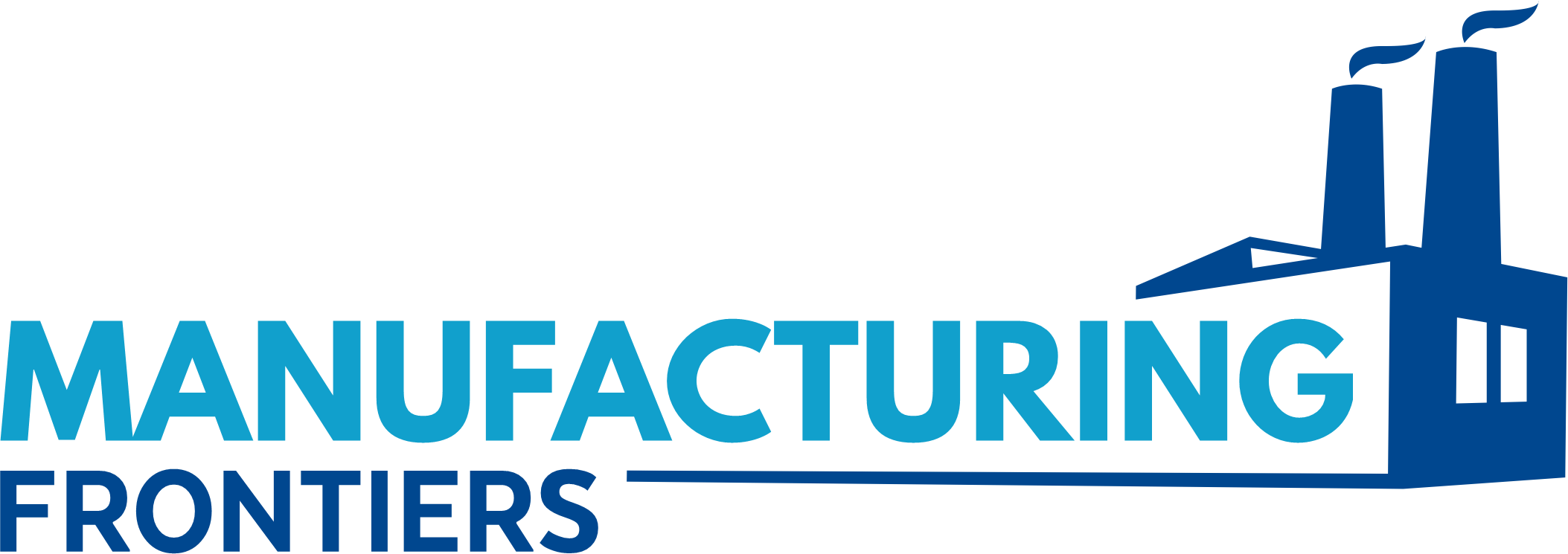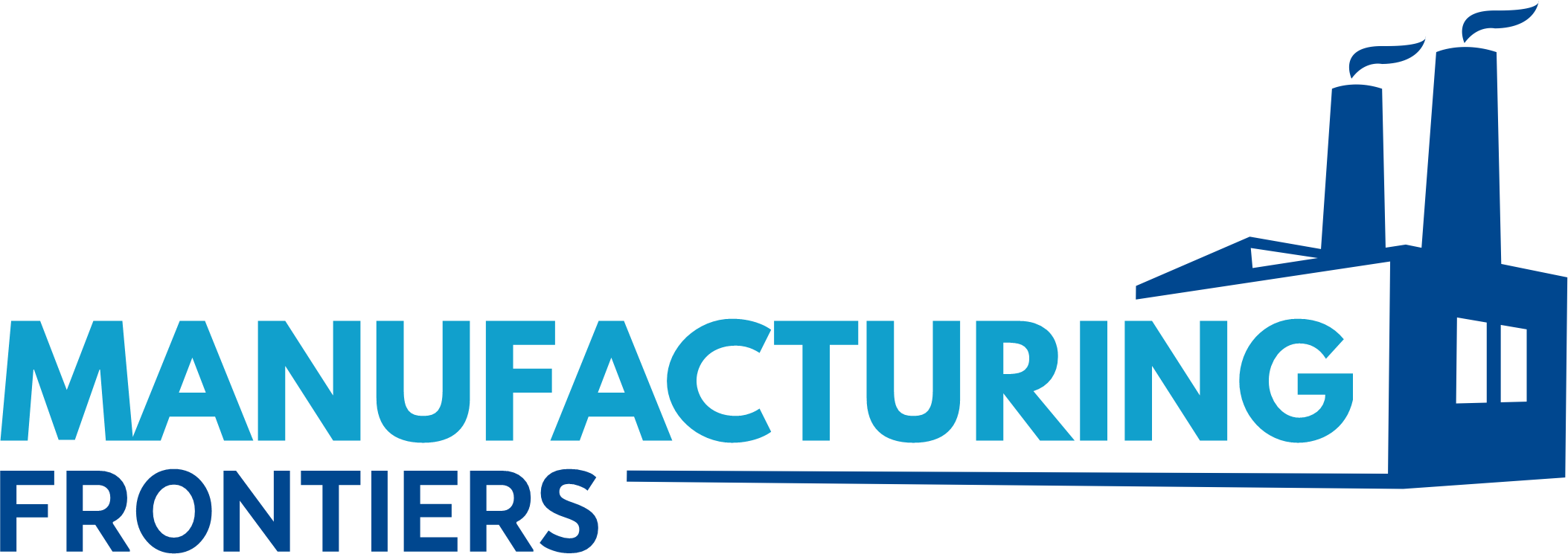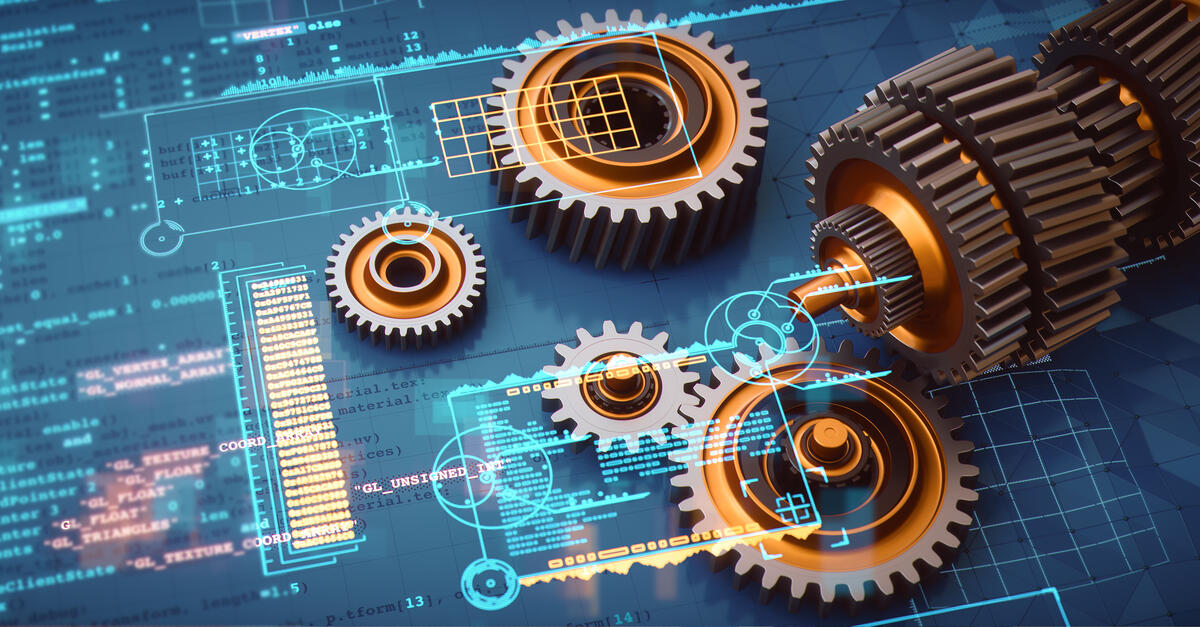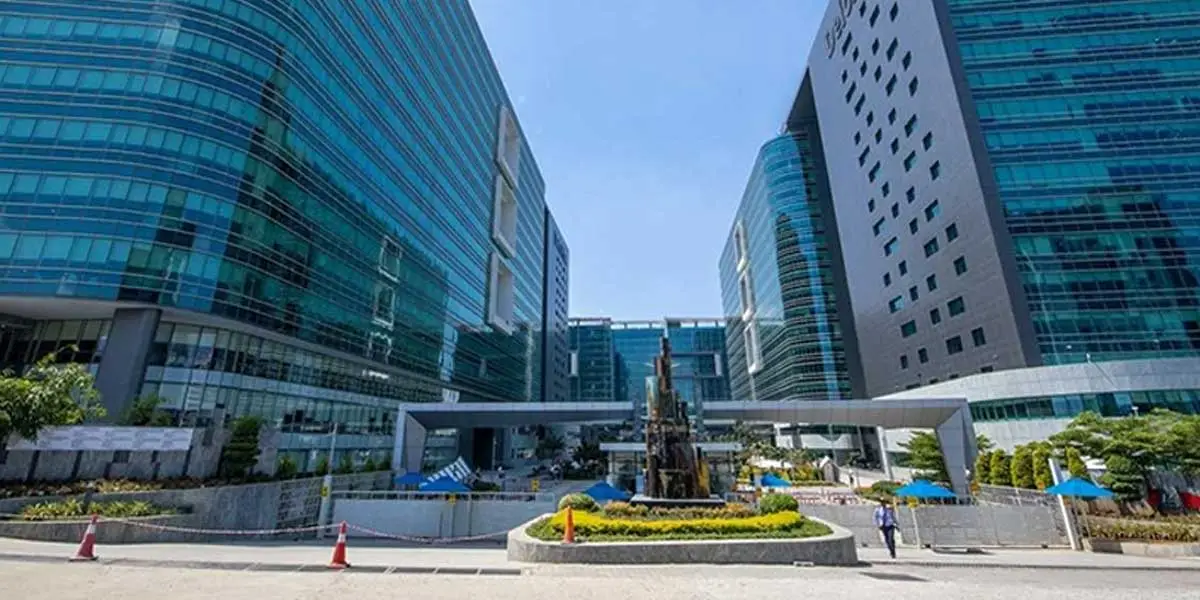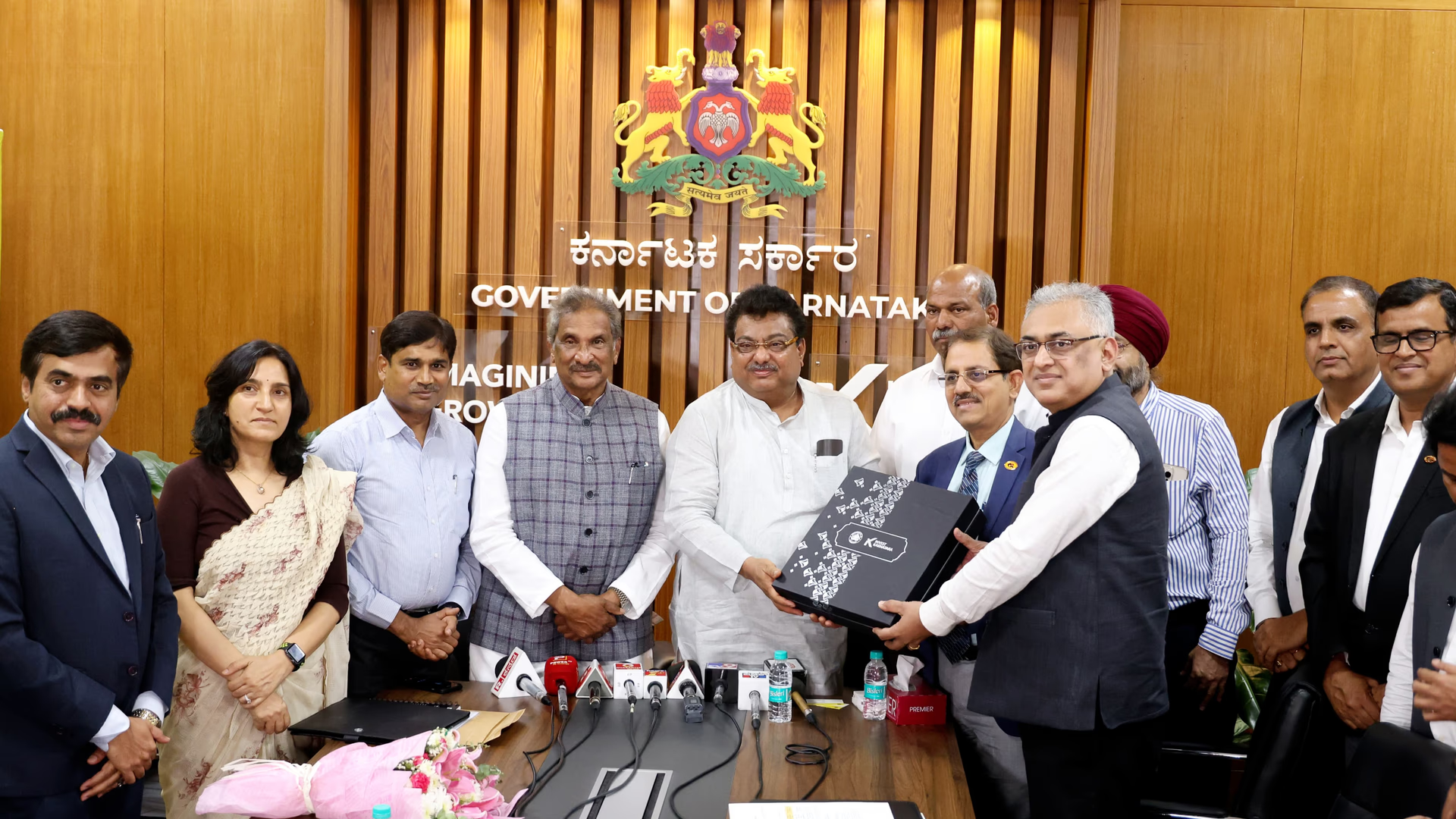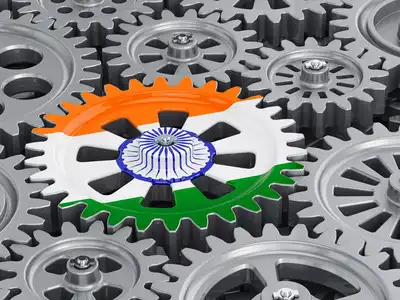Human-Centric Manufacturing
While Industry 4.0 revolutionized manufacturing with automation and smart technology, Industry 5.0 is taking it a step further by emphasizing the synergy between humans and machines. This human-centric approach leverages advanced technologies like AI, robotics, and collaborative robots (cobots), but places a strong focus on human creativity, flexibility, and decision-making.
In the future, manufacturers will no longer rely solely on robots for repetitive tasks. Instead, humans and machines will work side by side, with machines handling the mundane while humans bring innovation and problem-solving skills to the table. This will not only enhance productivity but also improve job satisfaction and create new opportunities for skilled workers.
2. Artificial Intelligence and Machine Learning
Artificial intelligence (AI) and machine learning (ML) are already making their mark on the manufacturing industry, and their influence is set to grow even further in the coming years. From predictive maintenance to quality control, AI and ML algorithms can analyze massive amounts of data to predict failures, optimize production schedules, and improve product quality.
By incorporating AI into their processes, manufacturers can achieve higher levels of efficiency, reduce downtime, and ultimately save costs. The ability to predict maintenance needs, for example, ensures that equipment runs at its peak performance, reducing the risk of costly repairs and disruptions.
3. Smart Factories and IoT Integration
The concept of smart factories is rapidly becoming a reality. With the integration of the Internet of Things (IoT), manufacturing processes are becoming more interconnected, allowing for real-time monitoring and decision-making. IoT-enabled devices can collect and transmit data, providing manufacturers with unprecedented visibility into their operations.
This data-driven approach helps manufacturers track inventory, monitor machine performance, and manage supply chains more effectively. With smart factories, manufacturers can create agile, responsive operations that can quickly adapt to market demands and unforeseen disruptions.
4. 3D Printing and Additive Manufacturing
Additive manufacturing, or 3D printing, is disrupting traditional manufacturing by allowing businesses to produce complex parts and products on-demand. This innovation significantly reduces lead times, minimizes material waste, and provides greater design flexibility.
In the future, 3D printing will likely play an even larger role in mass customization, allowing manufacturers to produce personalized products for customers without the need for extensive tooling or retooling. Industries like automotive, aerospace, and healthcare are already tapping into the potential of 3D printing for prototyping and production.
5. Sustainability and Circular Economy
Sustainability is no longer a trend—it’s a necessity. As consumers become more eco-conscious, manufacturers are under increasing pressure to adopt greener practices. The future of manufacturing will involve circular economy principles, focusing on reducing waste, reusing materials, and minimizing energy consumption.
By incorporating renewable energy sources, recycling materials, and reducing carbon emissions, manufacturers can reduce their environmental footprint while creating more sustainable products. Innovations in material science, such as biodegradable plastics and eco-friendly composites, are also paving the way for more sustainable manufacturing practices.
6. Digital Twins and Simulation
Digital twins are virtual replicas of physical assets or systems that can be used for simulation and analysis. This technology allows manufacturers to create a digital version of their production processes, enabling them to test different scenarios, predict outcomes, and optimize operations before making any physical changes.
By utilizing digital twins, manufacturers can improve everything from product design to supply chain management, all while reducing costs and minimizing risk. This predictive capability is a game-changer in areas like predictive maintenance, production planning, and quality assurance.
7. Advanced Robotics and Automation
Robotics and automation are no strangers to the manufacturing world, but their capabilities are expanding. With advancements in AI and machine learning, robots are becoming more adaptable, smarter, and safer to work with. Robots can now perform complex tasks, from assembly to quality inspection, with greater precision and efficiency.
Collaborative robots (cobots), in particular, are gaining popularity in industries like automotive and electronics manufacturing, where they assist human workers in a safe and efficient manner. As robots become more intelligent, we can expect them to play an even greater role in future factories.
8. Supply Chain Resilience and Blockchain
The COVID-19 pandemic revealed the vulnerabilities of global supply chains. Moving forward, manufacturers are focusing on building more resilient, transparent, and flexible supply chains. Blockchain technology is playing a key role in enhancing transparency, security, and traceability within supply chains.
Blockchain can provide real-time tracking of products and materials, ensuring that manufacturers have a clear view of their entire supply chain. This helps in reducing fraud, improving traceability, and ensuring compliance with regulatory standards.
Conclusion
The future of manufacturing is incredibly exciting, with innovations that promise to enhance productivity, improve product quality, and create more sustainable operations. From Industry 5.0 to AI-powered factories and sustainable practices, manufacturers who embrace these trends will be well-positioned to thrive in a rapidly changing world.
As we move forward, it’s crucial for manufacturers to stay informed and adaptable. By leveraging the power of new technologies and continuously evolving with the changing landscape, the manufacturing industry can achieve greater success and lead the way toward a more sustainable and efficient future.
